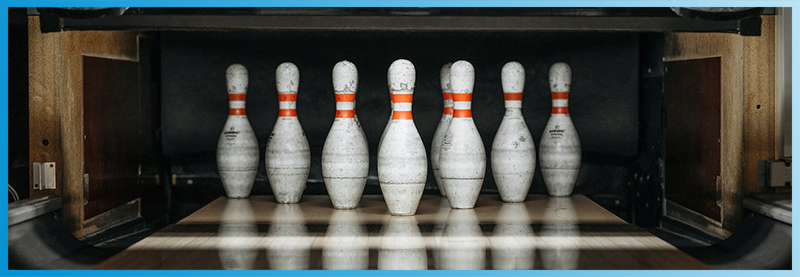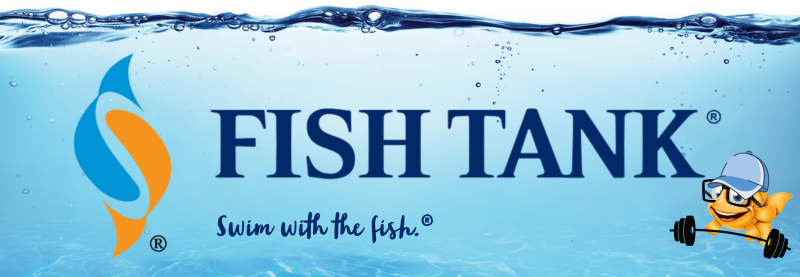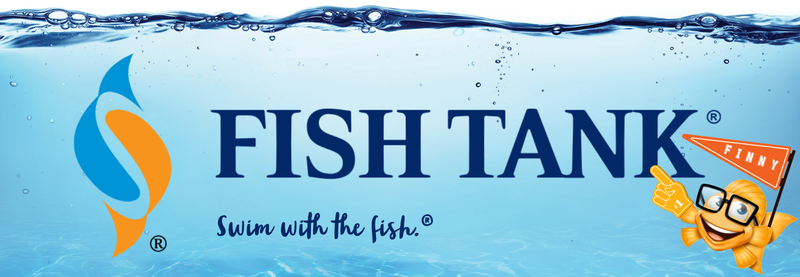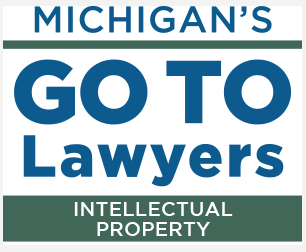Intellectual Property Insights from Fishman Stewart
Mini Article – Volume 22, Issue 9
Share on Social
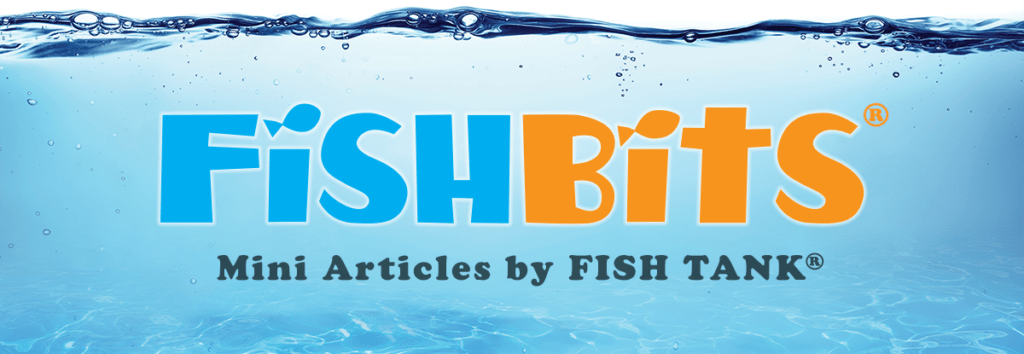
Bowling Patents Right Up Your Alley
Whether you are an experienced league bowler or have only attended a child’s birthday party at an alley, bowling is a sport that can be enjoyed by all.
With the earliest known forms of bowling dating back to ancient Egypt, it is not hard to believe that the sport has gone through quite a few advancements. A quick search of the word “bowling” in a patent search engine yields nearly 136,000 issued patents, ranging from bowling shoes to ball returners, and everything in between.
The creation of a simple bowling ball requires decades of development and results in quite a few patents. It is believed that some of the first bowling balls were made from the husks of grain crops and covered and bound in materials such as leather and string. Today, bowling balls may include a variety of materials such as polyester, urethane, and resin. Contemporary ball surfaces employ a strong chemical-based shell and heavy center cores. U.S. Patent No. 5,098,096 discloses what some consider to be the “modern bowling ball”; a ball manufactured with most of the weight in the center, giving the ball a greater total kinetic energy to knock down more pins.
Further patent searches reveal inventions related to bowling ball compositions, manufacturing processes, finger hole placements, and more. Below are two examples of unique ball manufacturing processes that have been patented, providing an opportunity for the patent owners to stand out amongst their competition.
Scented Bowling Balls
Storm Products came up with a unique idea to begin making bowling balls with fragrances. Receiving a patent in 2010, U.S. Patent No. 7,803,058 describes the process of making a scented bowling ball. Customers purchasing a bowling ball from Storm can choose between balls with fragrances such as “Cherry Apple Slush”, “Frosted Cupcake”, or “Grapevine” to make a perfect game extra sweet. But what is the purpose of such an invention, other than smelling good at the alley? Some bowlers believe that inhaling the fragrance allows them to relieve stress and better concentrate on their next throw.
Coverstock Graphics
The outer shell of a bowling ball is called the “coverstock”, and it can be a very influential element to a bowler’s game. Brands typically engrave identifying information into the coverstock such as their logo or the weight of the ball. MOTIV Bowling engineered a process of manufacturing graphics directly into the coverstock of the ball, eliminating the need to engrave the outer surface. Patented in 2012, the method described in U.S. Patent No. 8,221,252 provides a unique look to bowling balls, while maintaining a smooth surface resistant to cracking and chipping.
Perhaps the next bowling patent to be filed will be a strike for the bowling community. To learn more about sports-related patents, take a look at our previous Fish Tank Articles on Football Patents and Basketball Patents.
Published May 6, 2022
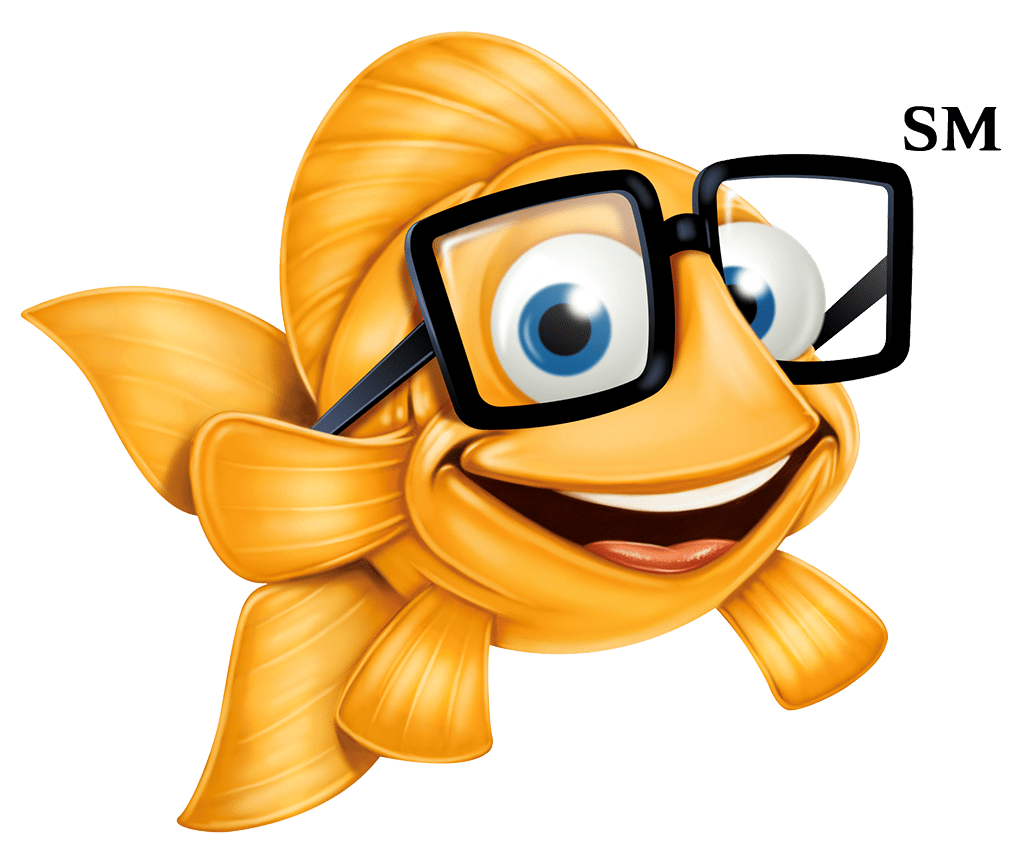

Related Content from Fishman Stewart
In February, Nike and Skims announced that they will be working together on a new brand, NikeSkims. The co-brand will create a new line of training apparel, footwear, and accessories specifically designed to meet the unique needs of women athletes.
Generally, federal courts have exclusive jurisdiction over copyright cases, and often, this presents an insurmountable paywall for individual artists and small businesses to vindicate their rights, especially where the value of the individual copyrighted works are relatively low.
Dedicated to raising public awareness about the importance of encouraging innovation and creativity throughout the world, the World Intellectual Property Organization (WIPO) annually observes World Intellectual Property Day on April 26 to showcase the role that patents, trademarks, industrial designs, copyrights and trade secrets play in our everyday lives.
Hold onto your foam fingers, sports fans – college sports just got a whole lot more interesting! The latest updates to Name, Image, and Likeness (NIL) rules are making student-athletes bigger than ever, and it’s not just about the game anymore.
Did a federal court in Louisiana recently decide that US copyrights are global rights? It seems so.
One of his most famous songs, “Lose Yourself” was recently at the center of a lawsuit. In 2019, Eminem’s publishing company Eight Mile Style sued Spotify claiming that Spotify streamed a number of its musical compositions without proper licenses.
One of the most common challenges is whether AI should be free to train on data that is protected by copyright and owned by third parties without first obtaining permission.
The U.S. Copyright Office (USCO) recently published its latest report on AI and “copyrightability.” In short, the USCO considers only some AI-generated works to be sufficiently creative as to deserve copyright protection, and thus, registration.
Back in the 1940’s assignments by independent contractors could be permanent and irrevocable. Things changed in 1976, when Congress overhauled the Copyright Act.
Generally, copyright protects the specific expression of ideas, such as the arrangement and presentation of visual elements, but it does not protect general concepts or styles.
IDENTIFYING, SECURING AND ADVANCING CREATIVITY®


